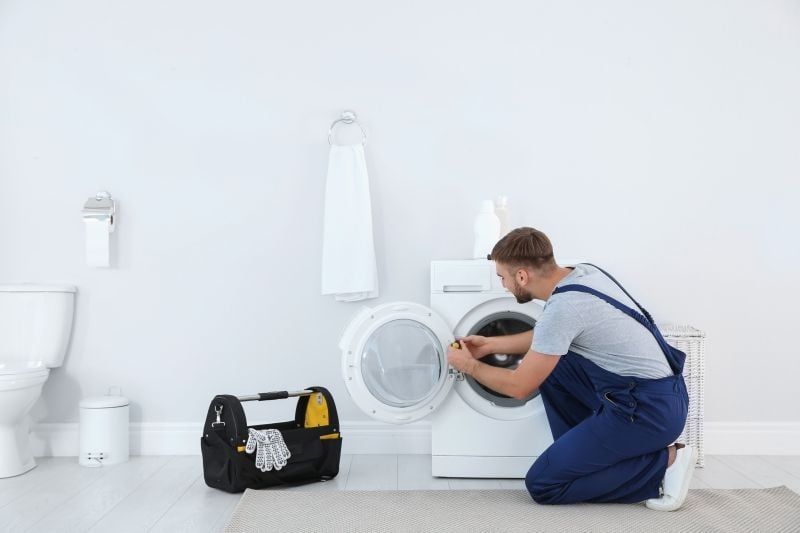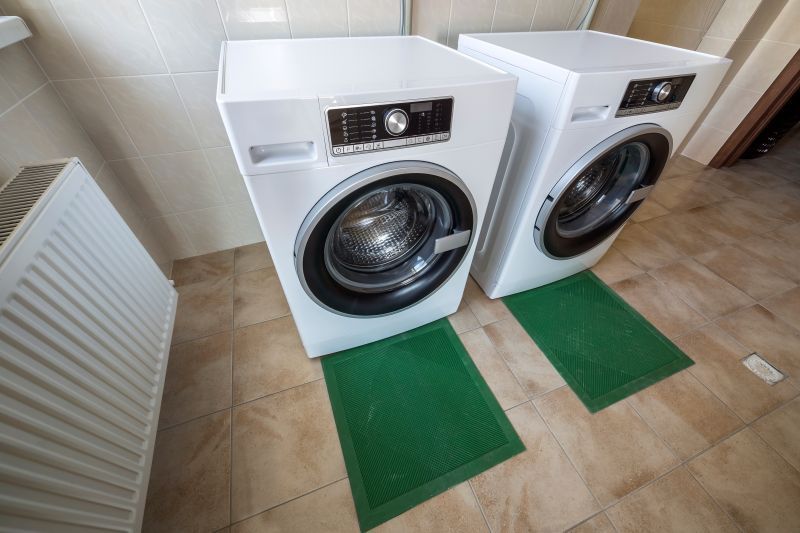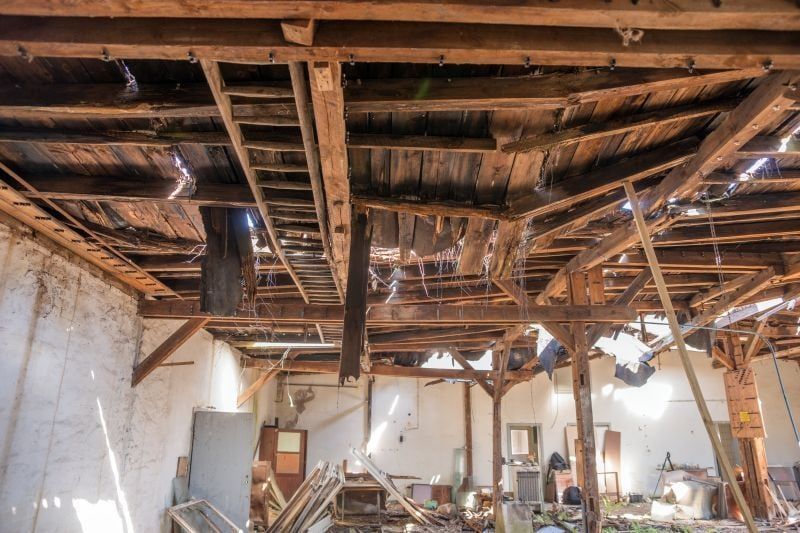
Introduction
Water damage is a common and frustrating problem for motorcycle owners. Whether your motorcycle has been submerged in water or exposed to heavy rain, it is essential to take immediate action to prevent further damage and restore it to its original condition. In this article, we will discuss various drying techniques for water-damaged motorcycles, providing comprehensive guidance on how to restore two-wheeled freedom.
Drying Techniques
1. Assess the Damage
The first step in drying a water-damaged motorcycle is to assess the extent of the damage. Inspect the motorcycle thoroughly to identify any potential areas of concern, such as electrical components, engine, frame, and upholstery. This assessment will help you prioritize your drying efforts and determine if any parts need to be replaced.

2. Remove Excess Water
Before attempting to dry the motorcycle, it is important to remove any excess water. Start by using absorbent towels or sponges to soak up as much water as possible from the exterior surfaces. Pay close attention to crevices and hard-to-reach areas. For areas where water has seeped into the engine or other components, use an air compressor to blow out the excess water gently.
3. Disassemble and Dry Internal Components
To ensure thorough drying, it may be necessary to disassemble certain motorcycle components. Remove the seat, fairings, and any other parts that are easily detachable. Inspect the internal parts for signs of water accumulation and dry them individually. Use a combination of dry towels, compressed air, and fans to accelerate the drying process. Take extra caution when handling electrical components to prevent any short circuits.
4. Use Fans for Air Circulation
Proper air circulation is key to drying the motorcycle effectively. Place high-powered fans strategically around the motorcycle to facilitate air movement. Ensure there is good ventilation in the drying area to assist in moisture evaporation. Consider using dehumidifiers to reduce overall humidity levels, further expediting the drying process.
5. Monitor the Drying Progress
Monitor the drying progress regularly to ensure that all areas are drying properly. Check for any signs of lingering moisture, such as condensation or dampness. Adjust the position of fans and dehumidifiers accordingly to target specific areas that may require additional drying.
6. Clean and Sanitize
After the motorcycle has dried completely, it is crucial to clean and sanitize all parts to prevent mold and mildew growth. Use a mild detergent and water to gently clean the exterior surfaces. For hard-to-reach areas, consider using a specialized motorcycle cleaner. Wipe down all components thoroughly and apply an appropriate sanitizer to eliminate any remaining bacteria or fungi.

7. Test and Inspect
Before taking your motorcycle for a test ride, conduct a thorough inspection of all components. Check for any signs of damage, such as corrosion, rust, or malfunctioning parts. Ensure that all electrical systems are functioning correctly. It may be necessary to seek professional assistance if you notice any significant issues that require repair or replacement.
Conclusion
Water damage can be a nightmare for motorcycle owners. However, by following the appropriate drying techniques and taking necessary precautions, you can restore your water-damaged motorcycle to its former glory. Remember to prioritize safety and seek professional help if needed. Enjoy the freedom of the open road once again with your fully restored two-wheeled companion.
